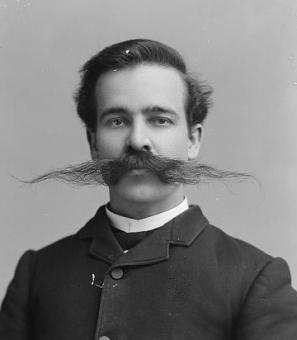The Less-Known Tomb of the Unknown Soldier
You are probably familiar with the Tomb of the Unknown Solider at Arlington National Cemetery. It is, after all, one of the most sacred places in the country.
But, what you may not know is that there is another Tomb of the Unknown just down the road in Alexandria, Virginia. In the burial yard of the Old Presbyterian Meeting House at 323 South Fairfax Street lies the Tomb of the Unknown Soldier of the American Revolution. It is just seven miles away from its more famous counterpart, but light-years apart in the amount of attention it receives.
In seems this grave has always been kind of overshadowed.
In 1826, the remains of an unknown man buried in a Revolutionary uniform were unearthed as the sanctuary of St. Mary’s Roman Catholic Church (next door to the Old Presbyterian Meeting House) was undergoing an expansion.[1] The soldier was reburied in the Meeting House burial ground but for years the grave remained unmarked, living on only in the memory of members of the congregation, who occasionally placed flowers on the spot to recognize the unknown soldier.
The 1920’s saw a renewed interest preserving the nation’s colonial history (this biggest example being the restoration of Colonial Williamsburg). During this same period, nations across the world were dedicating memorials to their unknown dead from the First World War. The Daughters of the American Revolution took up the cause of the nameless Revolutionary soldier in Alexandria. After the city helped the Meeting House undergo a preservation project in 1925, attention turned to the gravesite of the unknown man.[2]
On February 22, 1928 (George Washington’s birthday), a temporary marker was placed on the gravesite. A year later, on April 19, 1929, (not coincidentally Lexington-Concord Day), the current table-top memorial was formally dedicated at a service attended by members of the Old Meeting House, local citizens, representatives of the Children of the American Revolution, and by the Secretary of War, James W. Good. An Army band was accompanied by the church organ for a rendition of the “Star-Spangled Banner,” and the epitaph that now adorns the stone was read aloud by Secretary Good.[3]
Here lies a soldier of the Revolution whose identity is known but to God. His was an idealism that recognized a Supreme Being, that planted religious liberty on our shores, that overthrew despotism, that established a people’s government, that wrote a Constitution setting metes and bounds of delegated authority, that fixed a standard of value upon men above gold and lifted high the torch of civil liberty along the pathway of mankind. In ourselves his soul exists as part of ours, his memory’s mansion.[4]
The Tomb of the Unknown Revolutionary War Soldier looks much like some of the other stone markers in the burial yard. At first glance, only the wrought-iron fence around it distinguishes the memorial from the others, with the occasional flag or wreath left by one of its few visitors adding color to the scene. It is a remarkably different scene from the one that visitors see every day at the more famous tomb in Arlington, but its purpose and function is no less important as a local reminder of the sacrifices that our original veterans made to secure the freedoms that we now enjoy.
Footnotes
- ^ Lancette, Christopher. “The Unknown Revolutionary” American Legion Magazine (July 2010) pp. 48-49
- ^ Tomb of the Unknown Soldier of the American Revolution: Old Presbyterian Meeting House. Print.
- ^ “Good Dedicated Shaft to Soldier of 1776,” The New York Times. April 20, 1929 (accessed 11/12/2012 on ProQuest Historical Newspapers)
- ^ Tomb of the Unknown Soldier of the American Revolution: Old Presbyterian Meeting House. Print.



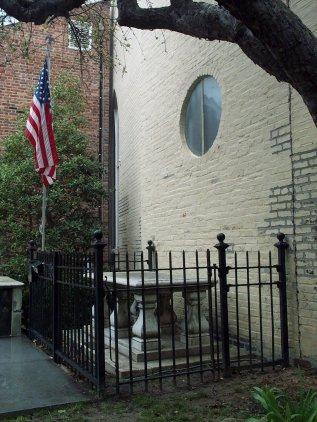
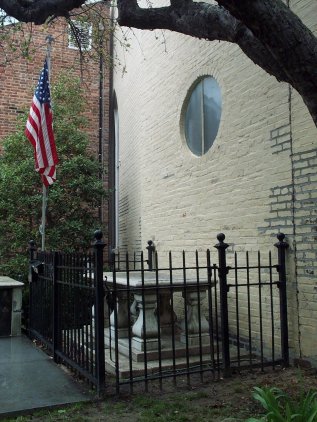

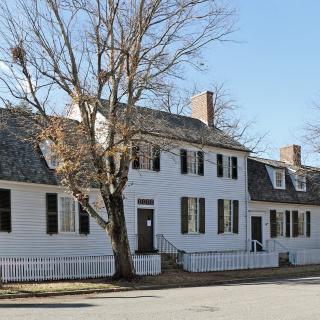
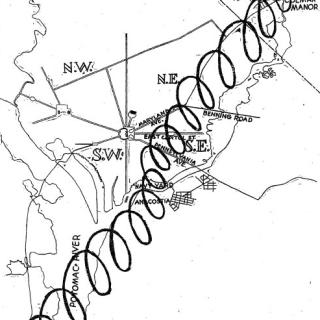
![Sketch of the mythical fuan by Pearson Scott Foresman. [Source: Wikipedia]](/sites/default/files/styles/crop_320x320/public/2023-10/Goatman_Wikipedia_Faun_2_%28PSF%29.png?h=64a074ff&itok=C9Qh-PE1)











